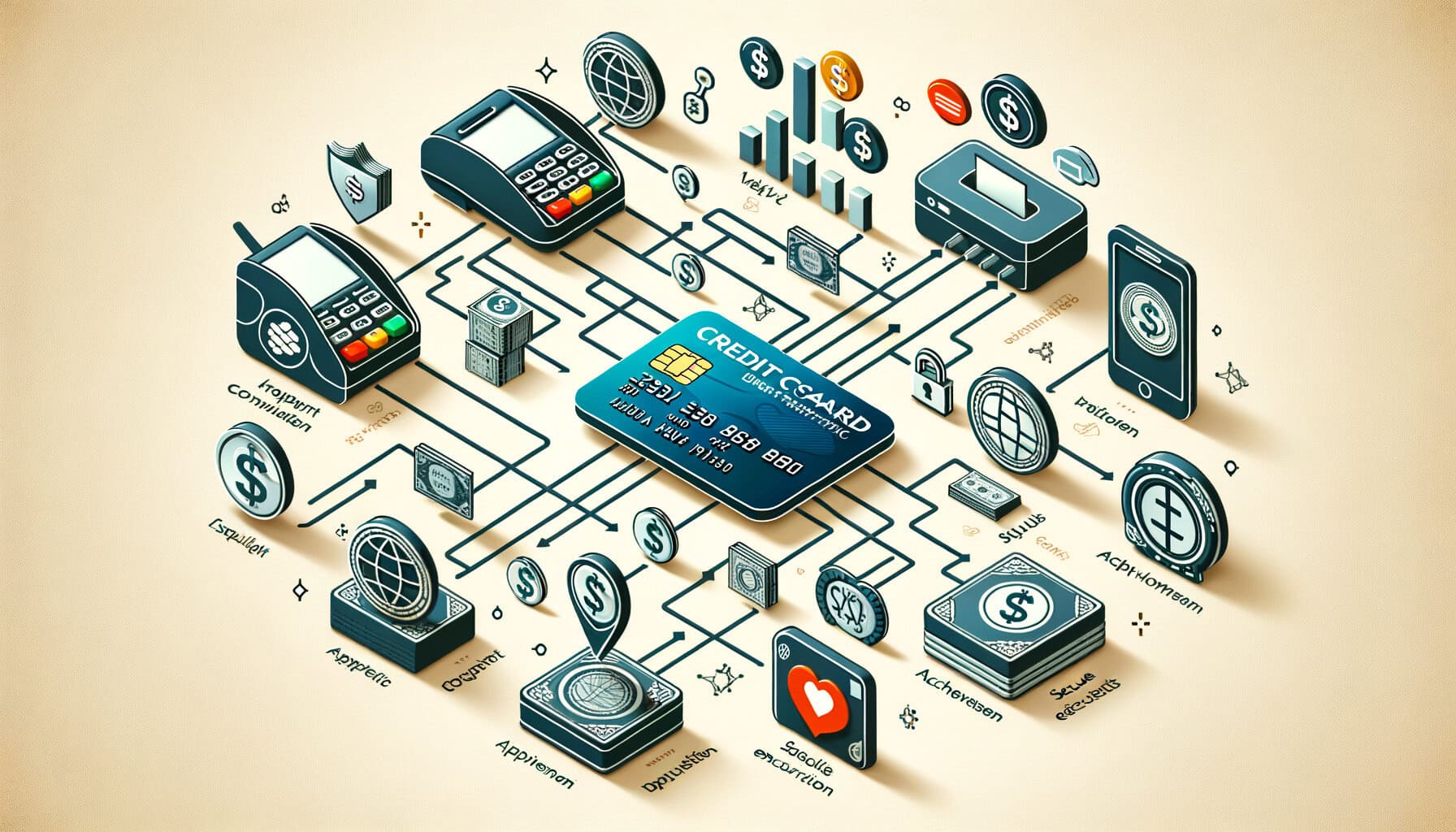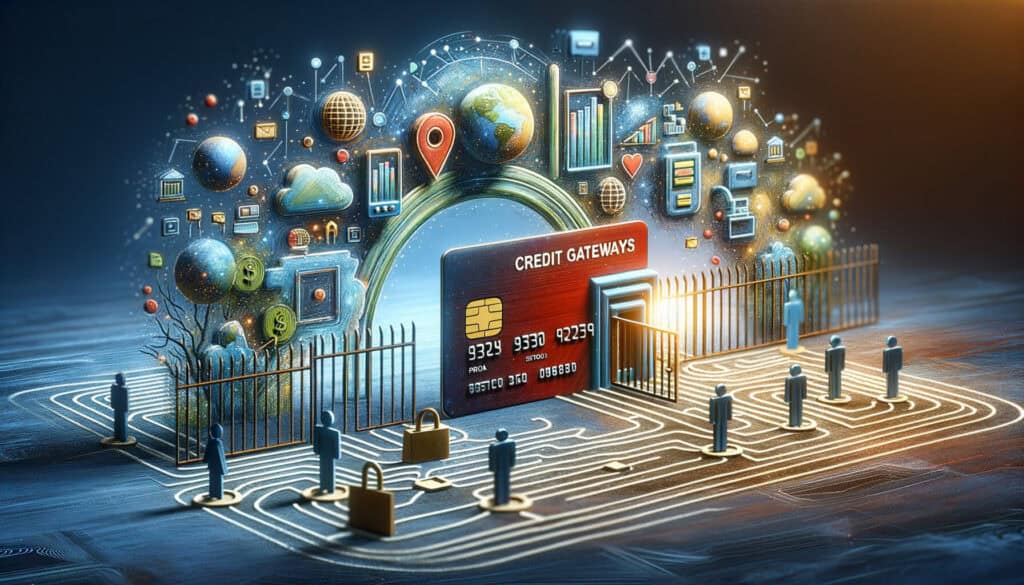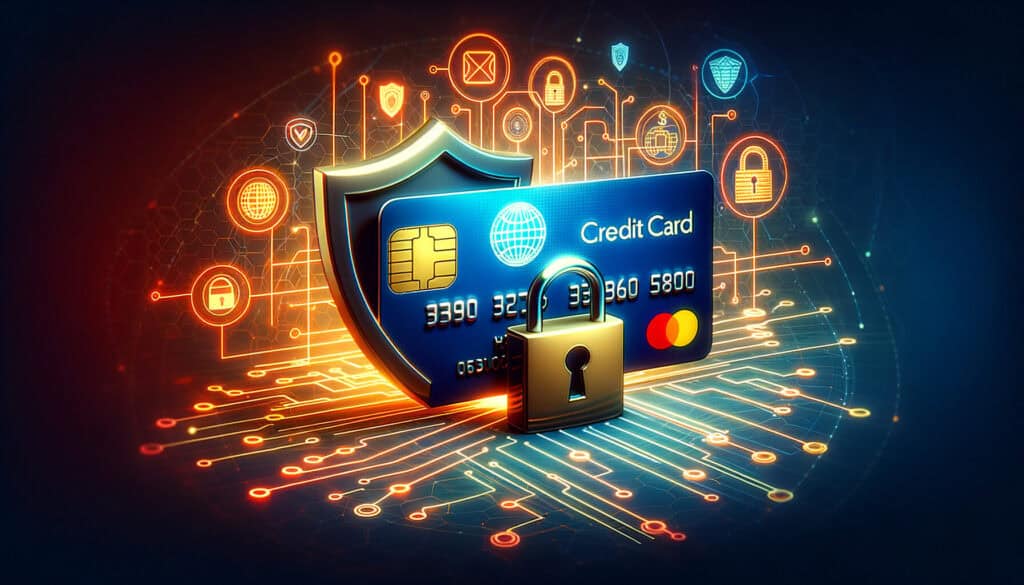
By admin November 10, 2024
Credit card processing is a crucial aspect of modern-day commerce, enabling businesses to accept payments from customers using credit or debit cards. It has revolutionized the way transactions are conducted, making it convenient and secure for both merchants and consumers. In this article, we will delve into the intricacies of credit card processing, exploring the various components and processes involved.
Understanding the Role of Merchant Accounts

To accept credit card payments, businesses need to establish a merchant account. A merchant account is a type of bank account that allows businesses to receive funds from credit card transactions. When a customer makes a purchase using a credit card, the funds are first deposited into the merchant account before being transferred to the business’s regular bank account.
Merchant accounts are typically provided by acquiring banks or payment processors. Acquiring banks are financial institutions that partner with businesses to facilitate credit card transactions. Payment processors, on the other hand, act as intermediaries between the acquiring bank and the merchant, handling the technical aspects of processing payments.
The Process of Authorization and Authentication

When a customer makes a purchase using a credit card, the first step in the credit card processing journey is authorization. Authorization involves verifying whether the customer’s credit card has sufficient funds to cover the transaction. This process is carried out by the payment processor, which sends a request to the cardholder’s issuing bank for approval.
The issuing bank, upon receiving the authorization request, checks the customer’s account balance and verifies the transaction details. If the funds are available and the transaction is deemed valid, the issuing bank sends an authorization code back to the payment processor. This code serves as proof that the transaction has been approved.
Authentication is another crucial step in credit card processing, aimed at preventing fraudulent transactions. It involves verifying the identity of the cardholder to ensure that the person making the purchase is the legitimate owner of the credit card. Authentication methods include requiring the cardholder to enter a PIN or providing additional information such as the card’s security code.
The Role of Payment Gateways in Credit Card Processing

Payment gateways play a vital role in credit card processing, acting as the bridge between the merchant’s website or point-of-sale system and the payment processor. They securely transmit transaction data between these two entities, ensuring that sensitive information is protected.
When a customer initiates a credit card transaction, the payment gateway encrypts the data and securely transmits it to the payment processor. The payment processor then forwards the data to the appropriate issuing bank for authorization. Once the transaction is approved, the payment gateway relays the authorization code back to the merchant, allowing the transaction to proceed.
Payment gateways also provide additional features such as fraud detection and prevention tools, recurring billing options, and integration with other business systems. They are essential for businesses operating in the e-commerce space, enabling them to accept online payments securely.
The Importance of Security Measures in Credit Card Processing

Security is of paramount importance in credit card processing, as it involves handling sensitive customer information. Any breach in security can lead to severe consequences, including financial loss, damage to reputation, and legal liabilities. Therefore, robust security measures must be in place to protect cardholder data.
One of the primary security measures in credit card processing is compliance with the Payment Card Industry Data Security Standard (PCI DSS). PCI DSS is a set of requirements established by major credit card companies to ensure the secure handling of cardholder data. It includes guidelines for network security, encryption, access control, and regular security audits.
Encryption is another critical security measure in credit card processing. It involves converting sensitive data into an unreadable format, making it virtually impossible for unauthorized individuals to access or decipher the information. Encryption is used during the transmission of data between the payment gateway, payment processor, and issuing bank.
Tokenization is another security technique used in credit card processing. It involves replacing sensitive cardholder data with a unique identifier called a token. Tokens are used in place of actual card data during transactions, reducing the risk of data theft. Even if a token is intercepted, it is useless without the corresponding encryption key.
Exploring Different Types of Credit Card Transactions
Credit card transactions can be classified into different types based on the nature of the transaction and the presence of the cardholder. The three main types of credit card transactions are card-present transactions, card-not-present transactions, and contactless transactions.
Card-present transactions occur when the cardholder is physically present at the point of sale. These transactions typically involve swiping or inserting the credit card into a card reader or terminal. The cardholder may also be required to enter a PIN or provide a signature to authorize the transaction.
Card-not-present transactions, as the name suggests, occur when the cardholder is not physically present during the transaction. These transactions are common in e-commerce, mail-order, and telephone order businesses. To mitigate the risk of fraud, additional security measures such as address verification and CVV verification are often employed.
Contactless transactions have gained popularity in recent years, thanks to advancements in technology. These transactions involve tapping or waving a contactless-enabled credit card or mobile device near a payment terminal to initiate the transaction. Contactless payments offer convenience and speed, making them ideal for small-value transactions.
The Settlement Process: From Authorization to Funds Transfer
Once a credit card transaction is authorized, the settlement process begins. Settlement involves the transfer of funds from the cardholder’s issuing bank to the merchant’s bank account. This process typically takes place within a specified time frame, known as the settlement period.
During the settlement process, the payment processor sends a settlement request to the cardholder’s issuing bank, requesting the transfer of funds. The issuing bank then transfers the funds to the acquiring bank, which holds the merchant’s account. Finally, the acquiring bank transfers the funds to the merchant’s regular bank account.
The settlement period can vary depending on various factors, including the type of business, the payment processor, and the agreement between the merchant and the acquiring bank. Settlement periods can range from a few days to a week or more. It is important for merchants to understand their settlement terms to manage their cash flow effectively.
Key Players in the Credit Card Processing Industry
The credit card processing industry involves several key players, each with a specific role in facilitating transactions. These players include acquiring banks, payment processors, payment gateways, and card associations.
Acquiring banks, as mentioned earlier, are financial institutions that partner with businesses to provide merchant accounts and facilitate credit card transactions. They are responsible for underwriting and risk management, ensuring that businesses meet the necessary requirements to accept credit card payments.
Payment processors act as intermediaries between the acquiring bank and the merchant, handling the technical aspects of processing payments. They provide the necessary infrastructure and software to facilitate the authorization, authentication, and settlement processes. Payment processors also offer additional services such as reporting, analytics, and customer support.
Payment gateways, as discussed earlier, securely transmit transaction data between the merchant’s website or point-of-sale system and the payment processor. They encrypt and transmit the data, ensuring that sensitive information is protected. Payment gateways also provide additional features such as fraud detection and prevention tools.
Card associations, such as Visa, Mastercard, American Express, and Discover, play a crucial role in credit card processing. They establish and enforce the rules and regulations governing credit card transactions. Card associations also provide the network infrastructure that enables transactions to take place between issuing banks, acquiring banks, and payment processors.
Common Challenges and Solutions in Credit Card Processing
While credit card processing has streamlined the payment process, it is not without its challenges. Some of the common challenges faced by businesses in credit card processing include chargebacks, fraud, and technical issues. However, there are solutions available to mitigate these challenges.
Chargebacks occur when a customer disputes a credit card transaction and requests a refund from their issuing bank. Chargebacks can be costly for businesses, as they not only result in the loss of revenue but also incur additional fees. To minimize chargebacks, businesses should have clear refund and return policies, provide excellent customer service, and maintain accurate transaction records.
Fraud is a significant concern in credit card processing, with criminals constantly devising new methods to exploit vulnerabilities. To combat fraud, businesses should implement robust security measures such as encryption, tokenization, and fraud detection tools. They should also stay updated on the latest fraud trends and educate their staff on best practices for preventing fraud.
Technical issues can also disrupt credit card processing, leading to delays and frustrated customers. To minimize technical issues, businesses should ensure that their payment systems are up to date and compatible with the latest industry standards. Regular maintenance and testing of payment systems can help identify and resolve any technical issues promptly.
FAQs
Q: How long does it take for a credit card transaction to be authorized?
The authorization process typically takes a few seconds, with the response being received almost instantly. However, in some cases, it may take longer, especially if there are connectivity issues or if additional verification is required.
Q: What is the difference between a payment processor and a payment gateway?
A payment processor handles the technical aspects of processing payments, including authorization, authentication, and settlement. A payment gateway, on the other hand, securely transmits transaction data between the merchant’s website or point-of-sale system and the payment processor.
Q: What is PCI DSS compliance, and why is it important?
PCI DSS compliance refers to adhering to the Payment Card Industry Data Security Standard, which ensures the secure handling of cardholder data. Compliance is important to protect sensitive customer information, prevent data breaches, and maintain the trust of customers and card associations.
Q: What are contactless payments, and how do they work?
Contactless payments involve tapping or waving a contactless-enabled credit card or mobile device near a payment terminal to initiate the transaction. These payments use near-field communication (NFC) technology to transmit the necessary transaction data securely.
Q: How can businesses reduce the risk of chargebacks?
To reduce the risk of chargebacks, businesses should have clear refund and return policies, provide excellent customer service, and maintain accurate transaction records. They should also respond promptly to customer inquiries and disputes to resolve issues before they escalate.
Conclusion
Credit card processing has revolutionized the way transactions are conducted, making it convenient and secure for businesses and consumers alike. Understanding the intricacies of credit card processing, from the role of merchant accounts to the settlement process, is crucial for businesses looking to accept credit card payments.
By establishing merchant accounts, businesses can receive funds from credit card transactions, facilitated by acquiring banks or payment processors. Authorization and authentication processes ensure that transactions are valid and secure, while payment gateways securely transmit transaction data between the merchant and the payment processor.
Security measures such as PCI DSS compliance, encryption, and tokenization are essential to protect sensitive cardholder data. Different types of credit card transactions, including card-present, card-not-present, and contactless transactions, cater to various scenarios and customer preferences.
The settlement process involves the transfer of funds from the issuing bank to the merchant’s bank account, typically within a specified settlement period. Key players in the credit card processing industry, including acquiring banks, payment processors, payment gateways, and card associations, work together to facilitate transactions.
While credit card processing comes with its challenges, such as chargebacks, fraud, and technical issues, businesses can mitigate these challenges through proactive measures. By implementing robust security measures, staying updated on fraud trends, and maintaining reliable payment systems, businesses can ensure a smooth and secure credit card processing experience for their customers.